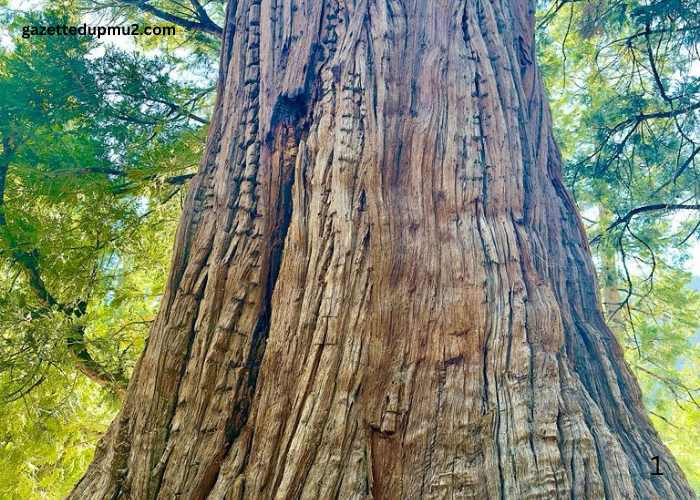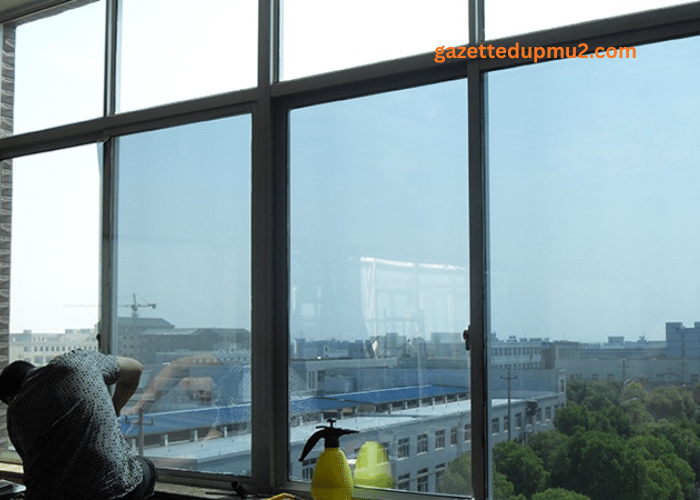San Diego County’s diverse landscapes, from coastal beaches to inland valleys, are home to an incredible variety of plants and animals. However, this natural beauty faces significant threats from invasive tree species. These non-native trees, often introduced with good intentions, can wreak havoc on native ecosystems and urban infrastructure.
Let’s explore the challenges posed by invasive trees like eucalyptus and pepper trees in San Diego County, the impact they have, and how communities can address this pressing issue.
The Problem with Invasive Trees
Invasive tree species are plants not native to the region that outcompete local flora for resources like sunlight, water, and soil nutrients. While some of these trees might look appealing in a backyard or along a street, their negative impacts far outweigh their aesthetic value.
Eucalyptus Trees: Beauty with a Cost
Originally brought to California in the 19th century for timber and shade, eucalyptus trees quickly spread across the state. In San Diego County, their towering presence is unmistakable. But beneath their picturesque appearance lies a host of problems:
- Fire Risk: Eucalyptus trees produce highly flammable oils, making them a major fire hazard during dry seasons. Their bark and leaves also create debris that ignites easily, contributing to wildfires.
- Impact on Native Flora and Fauna: These trees release chemicals into the soil that hinder the growth of native plants, leading to a loss of biodiversity. They also fail to support local wildlife, as their leaves are unpalatable to most native herbivores.
Pepper Trees: A Persistent Invader
Another common invader in San Diego County is the Peruvian pepper tree. Recognized by its drooping branches and red berries, this species is often used for ornamental purposes. However, pepper trees pose several challenges:
- Aggressive Spread: Pepper trees grow quickly, forming dense thickets that crowd out native plants.
- Infrastructure Damage: Their extensive root systems can crack sidewalks, roads, and water pipelines, leading to costly repairs.
- Harm to Agriculture: These trees are known to harbor pests, which can affect nearby crops and gardens.
The Environmental and Infrastructure Impacts
Threats to Native Ecosystems
Native plants and trees are the backbone of San Diego’s ecosystems, providing food and shelter to countless species. When invasive trees dominate an area, they disrupt these delicate relationships. For example, native oaks and sycamores support pollinators, birds, and mammals. In contrast, invasive species like eucalyptus and pepper trees create monocultures, where only a few organisms can survive.
Strain on Water Resources
In a region already prone to drought, invasive trees exacerbate water scarcity. Eucalyptus trees, in particular, are notorious for their high water consumption, depriving native vegetation of much-needed hydration.
Infrastructure Challenges
In addition to environmental issues, invasive tree species can damage urban infrastructure. Overgrown roots crack sidewalks and foundations, while falling branches pose safety hazards. For residents in communities like Chula Vista and El Cajon, addressing these problems often requires professional intervention, such as Tree Removal Chula Vista services or consultations with arborists in the area.
Managing Invasive Tree Species
Dealing with invasive trees requires a combination of proactive measures and community involvement. Here’s how residents and local governments can help protect San Diego’s ecosystems:
1. Professional Tree Removal and Maintenance
Removing invasive trees is one of the most effective ways to minimize their impact. However, it’s crucial to hire certified experts who understand the complexities of managing invasive species. For residents in El Cajon, for example, consulting a local expert in Tree Service El Cajon ensures proper removal without harming nearby vegetation or wildlife.
2. Native Tree Planting
Replacing invasive species with native trees like coast live oaks or California sycamores is a sustainable way to restore balance. Native plants are better adapted to local conditions and support a greater variety of wildlife.
3. Community Awareness and Action
Raising awareness about the dangers of invasive trees is vital. Community members can organize tree-planting events, report invasive species in public spaces, and advocate for policies that promote native vegetation.
4. Regular Monitoring and Maintenance
Even after removal, invasive trees can regenerate from seeds or stumps. Regular monitoring ensures that these species don’t regain a foothold.
Why Addressing Invasive Trees Matters
Ignoring the problem of invasive tree species can have long-term consequences for San Diego County’s environment and urban areas. With fire risks increasing, water resources dwindling, and native habitats disappearing, taking action is no longer optional—it’s essential.
Fortunately, communities across San Diego are stepping up. With services like Tree Removal Chula Vista and Tree Service El Cajon, along with increased public awareness, there’s hope for reclaiming the region’s natural beauty.
Final Thoughts
Invasive tree species like eucalyptus and pepper trees may seem harmless at first glance, but their impact on San Diego County’s environment and infrastructure is profound. By prioritizing removal, planting native species, and staying vigilant, we can protect our local ecosystems for future generations.
The beauty of San Diego’s natural landscapes is worth preserving. With collective effort and professional support, we can create a healthier, more sustainable environment for all.





